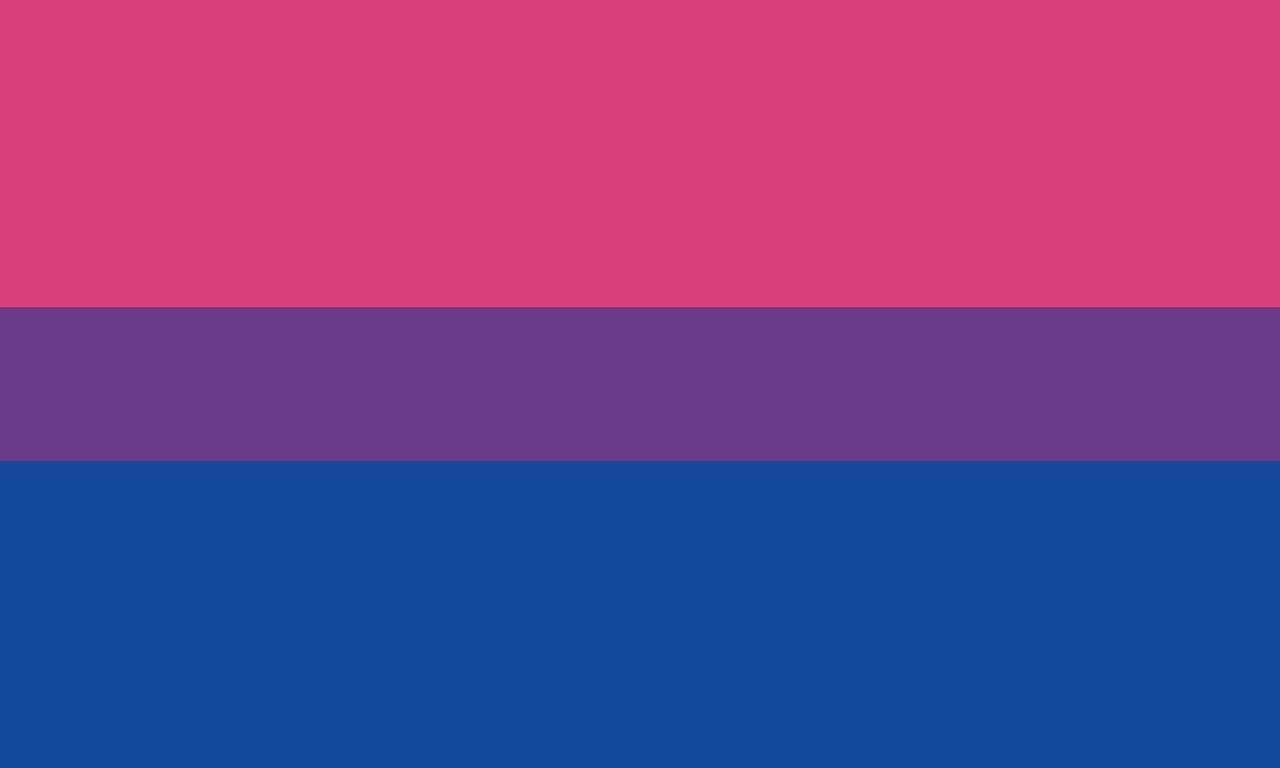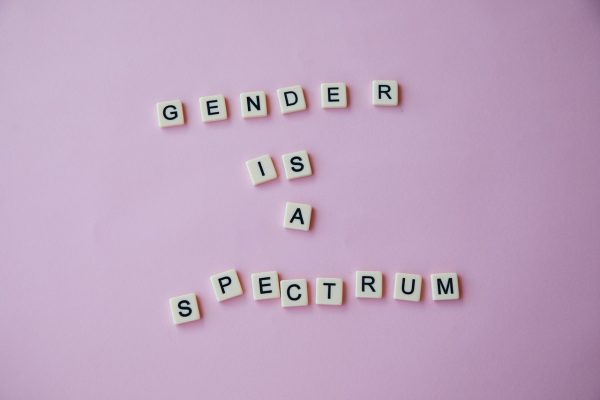It is safe to say that the LGBTQIA+ community has grown rapidly in recent years. Thanks to the rise of the internet, many members of the community can contact each other, no matter where they are from, and more people are aware of their existence.
However, the number of uneducated LGBTQ+ members is still high – and that has brought many problems. One of them is the belief that specific sexual orientations are not valid. For instance, certain members of the community might say that pansexuality is not real and that bisexuality is a term that discriminates against people whose gender identity is fluid and does not fit the gender binary.
In this article, we will try to address this issue to the best of our abilities. Here, you will find a brief description of pansexuality and bisexuality, their main differences and similarities, and information related to whether the things that people say about these orientations carry actual weight. Take a look.
What Is Pansexuality?
Today, people are starting to discover their true sexuality not only thanks to the widespread use of sex toys (and, for example, a possibility to buy wall mounted & suction dildos), but also to the global sex ed campaign. And a lot of people are now figuring out that they are, in fact, pansexual.
Pansexuality is the sexual, romantic, and spiritual attraction towards people no matter what their gender identities and biological sexes are. People who identify as pansexual are often referred to as pan.
Many people who identify as pansexual tend to identify as gender-blind and are attracted to others based on their gender identity rather than their biological sex. This means that people who identify as pansexual can be attracted to many different kinds of people.
It is said that identifying as pansexual can help reduce the stigma associated with labels. This is because pansexuality is more inclusive, in a sense, as it does not rely on specific labels. On top of that, this identity helps people who have sex with both men and women but do not view themselves as bisexual.
What Is Bisexuality?
Bisexuality is the sexual, romantic, and spiritual attraction towards people of more than one sex and gender identity. Often, people who identify as bisexual are attracted to the same and other genders.
Bisexuality is often misunderstood. The truth is, most bisexuals are not equally attracted to both sexes. For instance, they might be strongly attracted to their own gender but have little to no sexual attraction towards other genders.
In addition to that, some might be romantically interested in one gender that they have no physical attraction for, while some may be physically attracted to the other but have no romantic interest in it.
However, this does not mean that they are incapable of having an attraction towards those who do not adhere to the gender binary.
Differences Between Pansexuality and Bisexuality
It is safe to say that there are many differences between pansexuality and bisexuality. However, the number of these differences differs depending on who you ask. Here are a few of the most important ones!
Definition
Pansexuality is defined as being attracted to people regardless of their sex or gender identity, whereas bisexuality is defined as being attracted to more than one sex or gender identity.
Sex vs. Gender Identity
People who identify as pansexual are attracted to others based on their gender identity. Their sexual orientation is not defined by their loved one’s biological sex. On the other hand, people who identify as bisexual tend to be attracted to people based on their sex, not their gender identity (however, that is not always true).
What Are the Similarities?
There are people who say that both bisexuals and pansexuals are confused about their sexuality. They say that it does not make sense and that they are afraid to come out as gay. Other than that, many people out there think that this attraction equals sexual behavior, which is not true.
Attraction Does Not Equal Sexual Behavior
If someone identifies as pansexual, it does not mean that they are sexually active with every gender under the sun. It only means that they are attracted to people regardless of their gender. It is up to the individual to decide what they do about this attraction. Not everyone will choose to act on these attractions or even acknowledge them openly. It depends on the individual’s comfort level.
The same goes for people who identify as bisexual. For example, a bisexual person can be in a monogamous relationship with a woman and have only dated women before this relationship. In spite of their lack of sexual experience with males, they are still bisexual, as they are sexually attracted to both males and females.
In Conclusion
To conclude, pansexuality and bisexuality are two distinct sexual orientations. The main difference between the two is that people who identify as pansexual are attracted to others regardless of their gender identity, whereas people who identify as bisexual pay more attention to that matter.
However, this does not mean that someone who identifies as pansexual will be attracted to everyone they meet and that bisexuals are attracted to every man and woman out there. They have their individual preferences, too!






